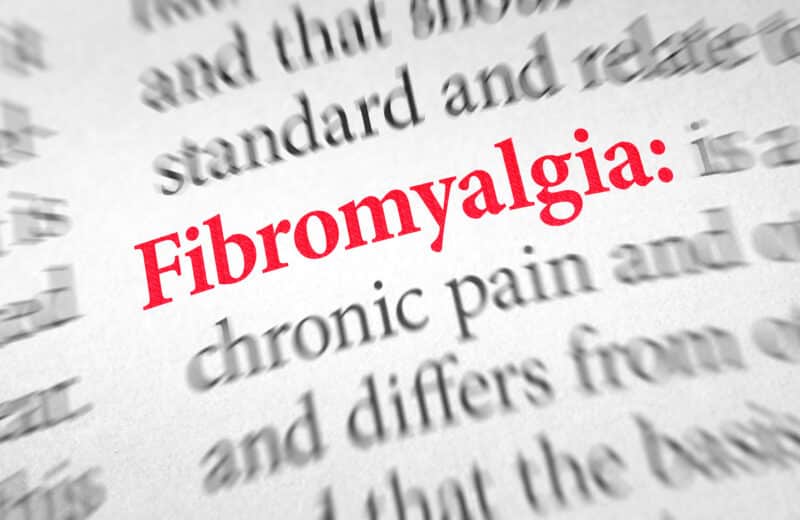Get ready to be bombarded with mailings and TV ads for Medicare plans. Open enrollment for Medicare Part D and Medicare Advantage plans runs from until December 7, so this is your opportunity to reassess your coverage for 2017. Even if you’re happy with your plan, you may be taking a new drug or your plan’s coverage may have changed. New plans may have entered — or your plan may have left — the business in your area. Or you may want to try out Medicare Advantage, which provides both medical and drug coverage through a private insurer.
Average monthly premiums for Part D prescription-drug plans are increasing slightly — from $32 this year to $34 in 2017 — but that masks some of the bigger cost increases. As drug prices rise, insurers are trying to manage their costs by dropping some drugs from their formularies, which list covered drugs, or passing along a larger share of the cost to consumers. Such changes could make the plan that was your best deal this year a less-than-optimum plan next year. “Some people with multiple chronic conditions don’t want to upset the apple cart,” says Tatiana Fassieux, board chair of California Health Advocates and a longtime counselor with the state’s health insurance assistance program. “But this year, we’ve found the formularies have changed significantly, not just in what they cover but also in how much they charge.”
You may need to pay 30% or more of the price of expensive specialty medications — or as much as 50 percent if you don’t use a certain pharmacy. “Some plans have been moving cancer drugs to a higher-cost pricing tier,” says Kirsten Sloan, senior policy director for the American Cancer Society. You may even have to pay a lot more for a few generic drugs, which can cost the same as brand-name drugs under some plans, says Fassieux. The bottom line: Your out-of-pocket costs could be vastly different depending on the plan you choose.
You’ll get the first clues about changes to your plan’s cost and coverage in the plan’s Annual Notice of Change, which must be mailed in late September. Then you’ll be able to compare 2017 plans using the Medicare Plan Finder starting on October 1. Type in your zip code, drugs and dosages, and the tool calculates your total costs (premiums plus out-of-pocket costs for your drugs) for each plan in your area. The best plan for you may be different than it is for your spouse.
Your state health insurance assistance program can provide personalized assistance — find local contacts at www.shiptacenter.org or by calling 800-633-4227.
After narrowing your search based on total costs, dig deeper to find out about any restrictions on coverage for the drugs you need. To control costs, some plans limit access to expensive drugs. They may only cover the drug with “prior authorization,” requiring your doctor to explain why you need it. “Unlike health plans, Part D plans generally have no information about your health conditions,” says David Lipschutz, senior policy attorney for the Center for Medicare Advocacy. Or the plan may only cover an expensive drug if you’ve tried cheaper versions, called “step therapy.” There may be limits on the quantity you can receive of a certain drug — even if you’ve been taking it for years.
Most Part D plans now have preferred pharmacies that you’ll need to use to get the lowest out-of-pocket price. For 2016, the Humana Walmart Part D plan, for example, charges a $1 co-pay for generic drugs on its preferred list if purchased at Walmart or Sam’s Club, and a $0 co-pay through the Humana mail-order pharmacy, but a $10 co-pay at other pharmacies. For brand-name drugs not on its preferred list, you’d pay 35 percent of the cost at Walmart, Sam’s Club or the Humana pharmacy, but you’d pay 45 percent to 50 percent at other pharmacies. (The 2017 plan details will are available now.)
“We’ve talked to people in rural areas who have to travel 50 miles or farther to find a preferred pharmacy,” says Fassieux. Preferred pharmacies can change from year to year–Walgreens, for example, was added as a preferred pharmacy to some large plans last year.
The “doughnut hole” coverage gap is changing slightly. For 2017, after a deductible of up to $400, you’ll just be responsible for co-payments until your drug costs reach $3,700 (including both your share and the insurer’s share of the costs). Once in the doughnut hole, you’ll have to pay 40 percent of the cost of brand-name drugs and 51 percent of the cost of generic drugs yourself.
After your out-of-pocket costs reach $4,950 (including the 50 percent brand-name discount paid by the drug manufacturer), you’ll pay only 5 percent of the drug costs.
Comparing Medicare Advantage plans
If you have a Medicare Advantage plan or are considering switching to one from traditional Medicare, this is also the time to compare options for 2017. The average premiums have been about $37 per month for the past several years, and some plans charge $0 on top of your Medicare Part B premiums. The plans with the lowest premiums generally have smaller provider networks.
Compare costs and coverage for every plan in your area by going to Medicare.gov/find-a-plan and clicking on “Medicare Health Plans.” Type in your drugs, dosages and general health condition to estimate your total costs under each plan. Check the plan’s star ratings for customer service, and find out how the plan covers any care you typically receive, as well as the cost sharing for hospital stays and surgery.
Compare each plan’s maximum out-of-pocket costs, which must be $6,700 or less in 2017. “In competitive markets, you might see plans with $2,400 maximum out-of-pocket costs,” says Alan Mittermaier, president of HealthMetrix Research, which analyzes Medicare Advantage plans based on out-of-pocket costs for people in good, fair and poor health. Check out www.medicarenewswatch.com for the 2017 results.
Ask your doctor or contact the plan to find out whether your doctors, specialists and the hospital you prefer will be covered in 2017. Find out what happens if you use a doctor that isn’t included — some plans charge a higher co-payment, while others don’t cover out-of-network providers or facilities at all.
During open enrollment, you can also switch from traditional Medicare to a Medicare Advantage plan. But if you decide to return to traditional Medicare after more than 12 months in a Medicare Advantage plan, Medigap insurers can deny coverage or charge you more because of your health. Find out whether your state has any special open enrollment period.













